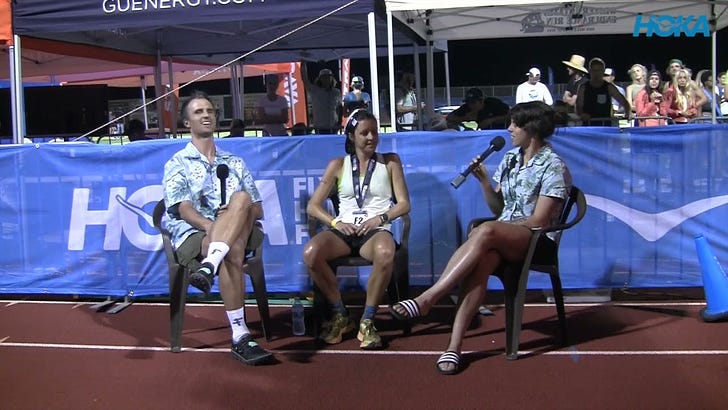Ruth-less pursuit of excellence
PLUS: Notes from Headingley #3, Covid hits the ABs, booze and live sport mix awkwardly again, and the Silver Ferns are named.
Keep reading with a 7-day free trial
Subscribe to The Bounce to keep reading this post and get 7 days of free access to the full post archives.



